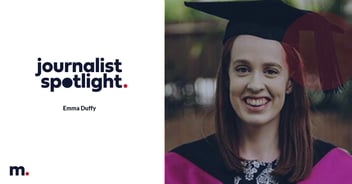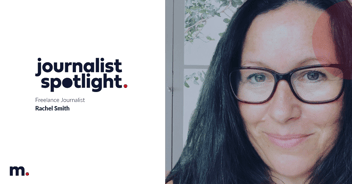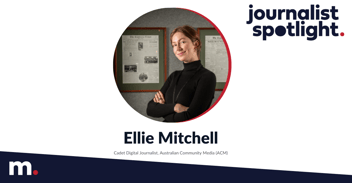Interview with Jordan Gilliland, Digital Producer & Journalist at the Whitsunday Times
Jordan Gilliland is a digital producer and journalist for the Whitsunday Times. Jordan moved to the coastal town of Bowen, Queensland after studying journalism at Western Sydney University. Jordan is also a passionate photographer and car enthusiast. Find him on LinkedIn here.
What is the biggest challenge of moving into a new round or topic area?
Having recently moved off council rounds and on to crime/courts, the most difficult challenge has been adapting to a new style of writing. I’ve found it can be difficult to make a court story interesting, while still working around the legal constraints a court story gives. I’ve struggled to not make my editorial a simple recount of the events, however, I’ve picked up some different tips and tricks from asking established court writers.
Have you always been a journalist? What attracted you to journalism?
I’ve been a journalist for about a year, after having jumped from university degree to university degree for years and finally finding my calling. I’ve always loved being informed of the world around me, whether it be hyper-local information to breaking world news. However, there’s always more to a story than what is simply presented to us, and that’s the part that drew me to journalism. You’re the voice of a whole community and your readers rely on you to know what is happening around them. I feel there’s almost an obligation to inform these people.
What aspects of journalism motivate you the most?
Nothing motivates me more than when you see positive change come from a story you wrote. When your phone doesn’t stop ringing for a week because you’ve hit something that resonates with a whole community, you feel like you’re doing the right thing.
I ran a story a few months ago about our town having no LPG bowsers working for over three months after someone in the community reached out to me about it. I called the respective businesses with one side giving their story, and another not reaching me before the deadline. The following day, one of the businesses called me back to say that because of the story, more had been done in three hours than in the entirety of the previous three months.
For a press release to stand out to you, what should it contain?
The best press releases I have received contain background information, quotes, a contact, more than one photo to choose from and the offer of an interview with someone relevant to the release so I can expand on the story.
Also, the best releases will answer the who, what, when, where, why and how in the first paragraph. If there’s a lot going on that day, or we’re close to the deadline, and a press release comes to my inbox, it might get overlooked if I don’t immediately see its purpose.
How do you gather research for your stories?
Ask every question possible and talk to as many people as needed to work everything out. The more I understand an issue, the easier it will be to concisely explain it in a story and give a balance to it. I also take a couple of minutes to research the issue across the internet and our database before I contact someone, to gain an understanding of the history and background.
For researching story ideas, social media is a goldmine of information. Community pages are the lifeblood of the community and what may seem a passing comment by someone could become your front-page lead.




